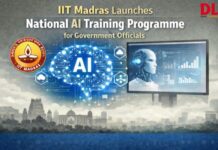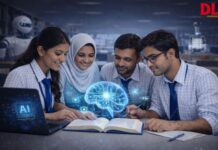ELS International Education Pathways Private Limited (ELS India), an Educational Service company specialised in admissions and counseling services, has announced the expansion of their operations by launching the Australia counseling division for prospective students aspiring to study in Australia.
The noble launch started with the lighting of the Lamp by Michael Carter, Trade Commissioner and Consul Commercial, Australian Trade Commission, Australian Consulate, Chennai followed by the “ELS Australian Brochure Release” that enlightens student pathway opportunities for studying abroad in Australia.
ELS India for the past two years has been successfully providing overseas education counseling and admissions services to Indian students exploring education in the USA and other countries. With the launch of the Australia counseling division, ELS opens its doors to students interested in pursuing their higher education in Australia. ELS will continue to provide counseling to students to meet their educational goals and financial capabilities. The Australian counseling service is free of cost and students will be guided by Australian-educated and ELS certified counselors who have also successfully completed their Education Agent Training Course (EATC) Certification. Assistance would be offered to students with short listing of universities, application processing, visa guidance, pre-departure and post-arrival services.
ELS India aims to help students at every stage of their preparations to study abroad through its various services. With established Indian Headquarters in Chennai, ELS has already expanded its counseling offices to Bangalore and Coimbatore and planned to open eight more offices in all major and developing cities in India.
Mallik Sundharam, Director, ELS India shared, “ELS India is committed to extending its unbiased and quality counseling to students choosing Australia as their study destination. Australia is a young, dynamic and multicultural country that attracts the third largest number of international students in the world.”























